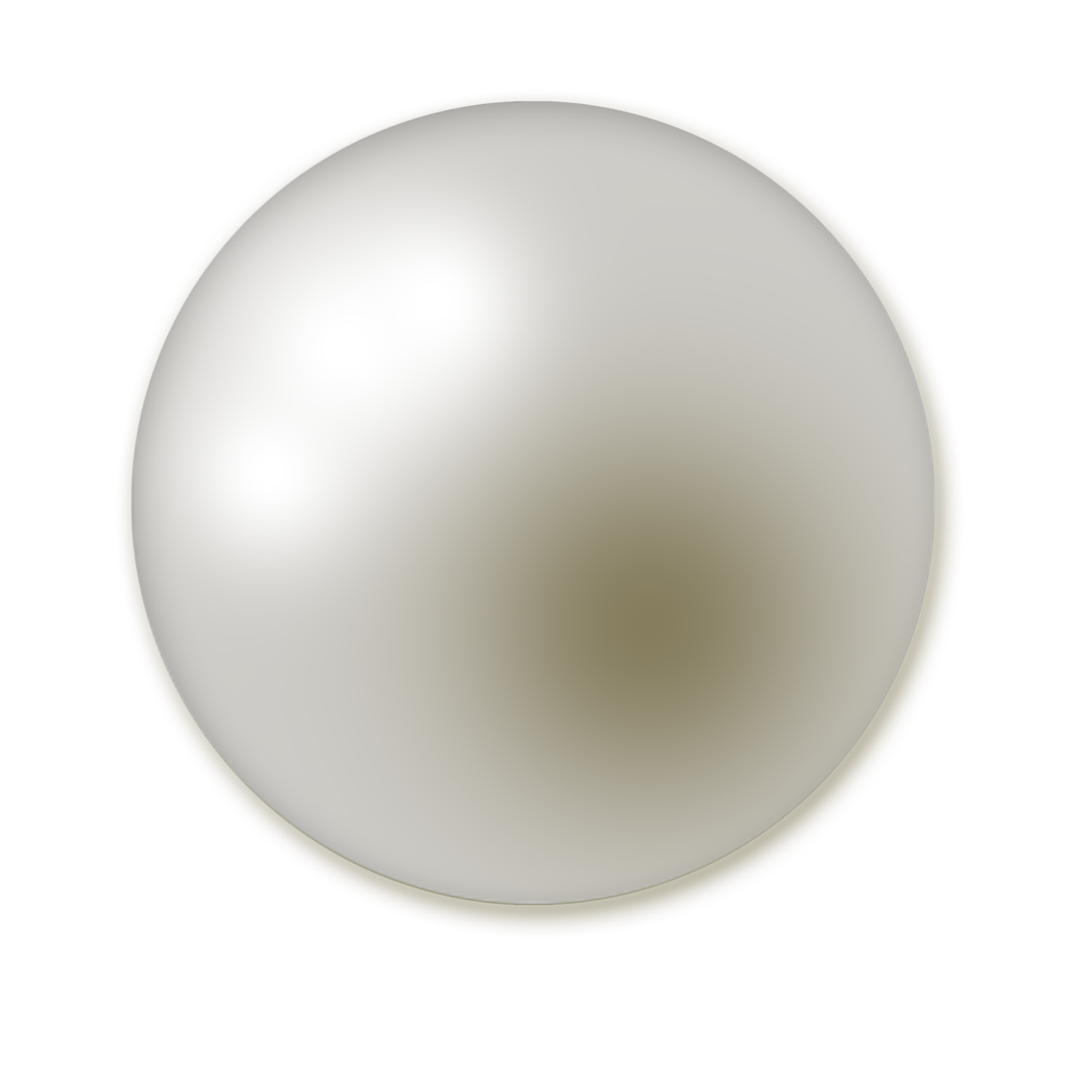Sapphires are corundum that come in many colours, except red (red is usually rubies) but the most popular ones are royal blue sapphire. Usually sapphire stones that are more intense in royal blue colour is more valuable. The more intense and vivid the blue saturation, the more valuable the sapphire is.
There are sapphires that come in green, yellow, pink, orange, purple, violet, gray, black, brown and even white. These coloured sapphires are usually known as fancy sapphires.
Facts on Sapphires
Sapphires is a type of corundum that is not red. Red corundum are usually rubies. Sapphires are usually blue in colour but there are also sapphires that are in all other colours, except red (rubies). The refractive index for sapphires are 1.762 to 1.770 and birefringence of 0.008 to 0.010. It has MOHs hardness of 9 and specific gravity of 4.
Blue Sapphires
Blue sapphires are commonly sorted after by jewelers. Blue sapphires usually have inclusion. The clearer and more intense the colour blue is, the more valuable it is. Sapphires usually has inclusions like needles, which are long thin silk looking mineral. Fingerprints, colour zoning and colour banding are some of the usual inclusions in sapphires.
Colour Change and Star Sapphires
Some sapphire stones exhibit colour change phenomenon. The stone change colour under different lighting. Colour change sapphires are usually described base on the colour change on weak, moderate or strong. The stronger the colour change intensity of colours, the more valuable the stone is.
There are also asterism sapphires that has star effect on its reflections. It is known that asterism is caused by miniscule inclusions in the stone. The stronger the saturated colour and distinct the star on the stone, the more valuable the stone is.
Recently padparadscha sapphire which range from light to medium pinkish orange are also highly sort after as these gems usually fetch high value.
The Origins of Sapphires
Sapphires are originally found in Kashmir, Myanmar and Sri Lanka. Sapphires are also found in Australia, Thailand, Cambodia, Madagascar, US, Asia and Africa. They are usually found in high hills and found in gravels in local streams.
Sapphire is the birthstone for those born in the month of September and is also the blue sapphire is also throat chakra stone.
Treated Sapphires
Sapphire that is sold for jewelry has usually gone through treatment processes. One of the most common treatments for sapphire are the heating process. Heating can intensify the colour and remove silk inclusions, making the stone looking more transparent.
Titanium, chromium or berrylium diffuse in the sapphire stone can enhance the colour of the stones.
Synthetic Sapphires
Other than treatment, there are also synthetic sapphires that are lab grown. Synthetic sapphires usually share the same chemical composite of the natural gems. Synthetic sapphires are usually created through the flux-growth process.
Flux is a solid material that, when melted, dissolves other materials in the same way that water dissolves sugar. As the dissolved chemical solution gradually cools, synthetic crystals form.
Growing a synthetic gem by the flux method requires patience and significant investment. Crystal growth can take up to a year, and the equipment is very expensive. But the results, are well worth the time and effort.
Imitation Sapphires
In addition to treated sapphires and synthetic sapphires, there are also imitation sapphires. Imitation are usually man made to imitate sapphires.
Imitation sapphires are usually created from natural colourless quartz. The quartzs are heated and then quenched in a cold, liquid solution to develop a series of cracks throughout the quartz. Dye solutions are injected to fill the quartz fractures to make them look like sapphires. This can be detected by checking the stone under the microscope.
